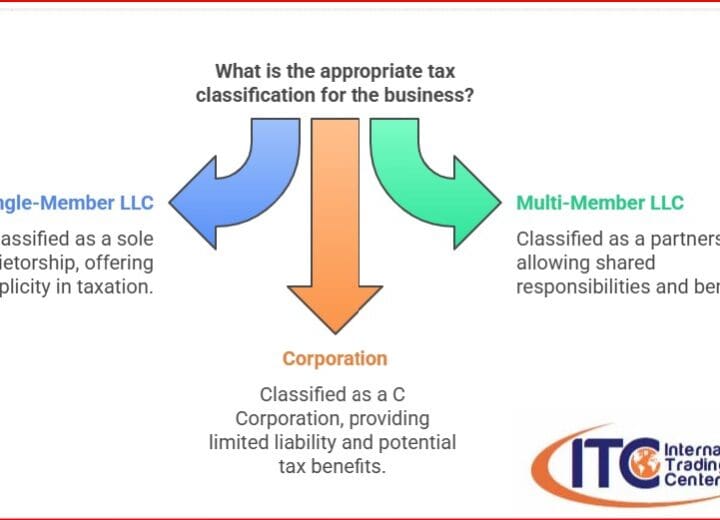Scaling a SaaS business demands strategic planning beyond simply expanding your sales and engineering teams. Given the projected growth from $3 trillion to $10 trillion by 2030, SaaS companies have immense potential. Thoughtful resource allocation and customer retention strategies are vital for leveraging this scalability.
This article explores key tactics to efficiently scale a SaaS business. By optimizing business models, enhancing customer onboarding, leveraging analytics, and refining billing practices, businesses can minimize churn and maximize growth. Content marketing and retargeting strategies also play crucial roles in maintaining visibility and engagement in the competitive SaaS landscape.
Understanding and Optimizing Your Business Model
A crucial step is understanding your SaaS sales model—whether low-touch or high-touch—as it guides customer acquisition and retention strategies. In low-touch models, minimal human interaction necessitates effective marketing, often leveraging a ‘freemium’ trial to entice users. Pricing typically spans from free versions to premium offerings, adapting to user needs.
In contrast, high-touch models rely on personalized interactions, including sales calls and product demos. This approach caters to larger clients with tailored solutions, emphasizing thorough onboarding to minimize customer churn. Pricing strategies should be bold but flexible to meet diverse client requirements. Experimentation with pricing tiers is essential, and tools can simplify this without taxing engineering resources.
Enhancing Customer Onboarding
Once a user is onboarded, a seamless introduction to your product is key to retention. A challenging setup can lead to immediate user dropout. It’s vital to view onboarding as an extension of the marketing journey, ensuring the process is smooth and user-centric.
Develop persona-specific journeys to cater to different user segments effectively. Welcome new users through multiple communication channels, and provide support proactively. Identifying initial successes for users can reinforce satisfaction and ensure continuous engagement.
Effective onboarding is crucial for long-term retention and satisfaction.
Leveraging Analytics for Retention
Understanding user needs through analytics is vital for tailoring offerings and retaining customers. Gather feedback to refine products continuously. For low-touch models, conversion rate benchmarks vary with or without credit card requirements for trials, indicating product-market fit effectiveness.
In high-touch models, annual churn and upselling strategies play pivotal roles. Use tools to analyze and enhance the customer journey, employing timely interventions based on real-time data insights. This enhances user satisfaction, leading to sustained engagement.
Analytics provides a roadmap to understand and meet user expectations.
Dynamic Billing and Dunning Strategies
Besides customer experience, billing and dunning influence retention significantly. Tailored billing strategies, such as those available via specialized platforms, can dynamically adjust to customer behavior. This aids in minimizing churn and maximizing revenue.
Strategies like smart retries can recover failed transactions, boosting overall revenue retention. It’s crucial to conduct exit surveys to gain insights from departing customers, enabling future retention improvements.
Harnessing Content Marketing
Content is an often-overlooked tool in SaaS growth. Effective content marketing can establish authority, meet user needs, and address customer pain points comprehensively. It can help businesses stand out by showcasing brand expertise.
Developing strategic content plans begins with deeply understanding your audience and crafting resources that answer their pressing questions. This builds trust and expands brand visibility in a crowded market.
Building Effective Retargeting Strategies
Converting visitors on their first visit is rare. Retargeting ensures visibility, reminding potential customers of your product. Platforms like Google and Facebook offer significant reach, enhancing lead nurturing opportunities.
Engage potential clients through time-limited offers or trial extensions. Additionally, keep current users informed about new updates, fostering loyalty and avoiding churn.
Retargeting maintains brand presence and boosts conversion rates.
Embracing Automation for Efficiency
Automation is essential for effective scaling, allowing your team to focus on core products. Consider diverse automation applications, from marketing to onboarding, using tools that simplify processes and enhance user experiences.
Examining automation options ensures compatibility with company and customer needs. Streamlining revenue operations with comprehensive platforms reduces complexity, aligning billing and financial tasks effectively.
Consolidating Financial Operations
Managing revenue operations within a unified platform simplifies scale-up processes. Platforms that integrate billing, tax, and financial compliance provide a seamless experience both for businesses and their clients.
Conclusion: Preparing for the Future of SaaS
In scaling a SaaS business, strategic planning is vital. Comprehensive understanding of your business model, effective onboarding, robust analytics, and insightful billing strategies lay the groundwork for sustained growth. Furthermore, content marketing and retargeting enhance brand presence, while automation ensures operational efficiency.
As the SaaS market expands, businesses that invest in these strategies will thrive in a competitive landscape. Embracing innovation and adaptability ensures readiness for future challenges and opportunities.
Successfully scaling a SaaS business hinges on strategic implementation of diverse growth tactics. By focusing on customer retention, dynamic pricing, and automation, businesses can remain competitive and sustainable.





